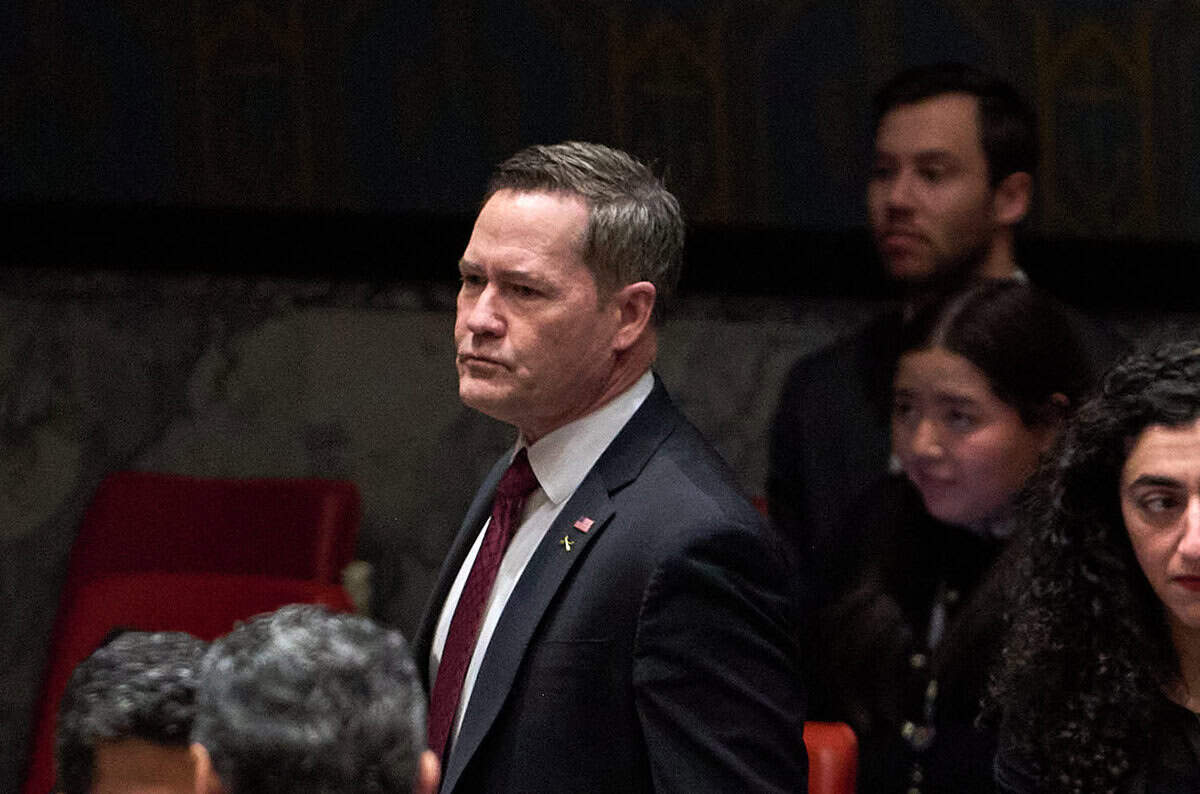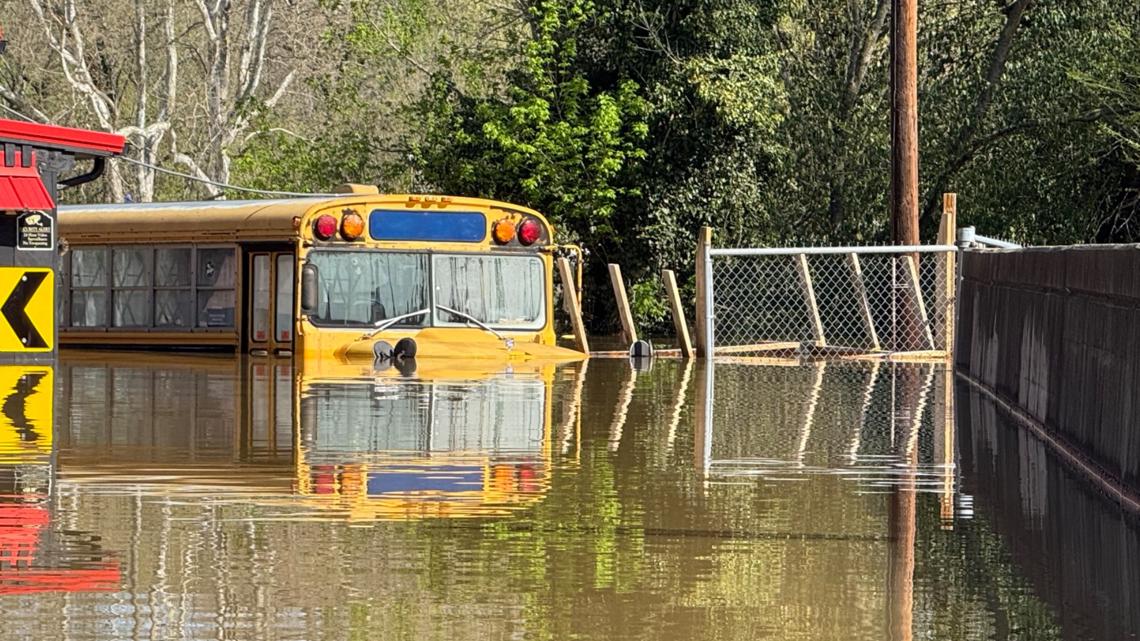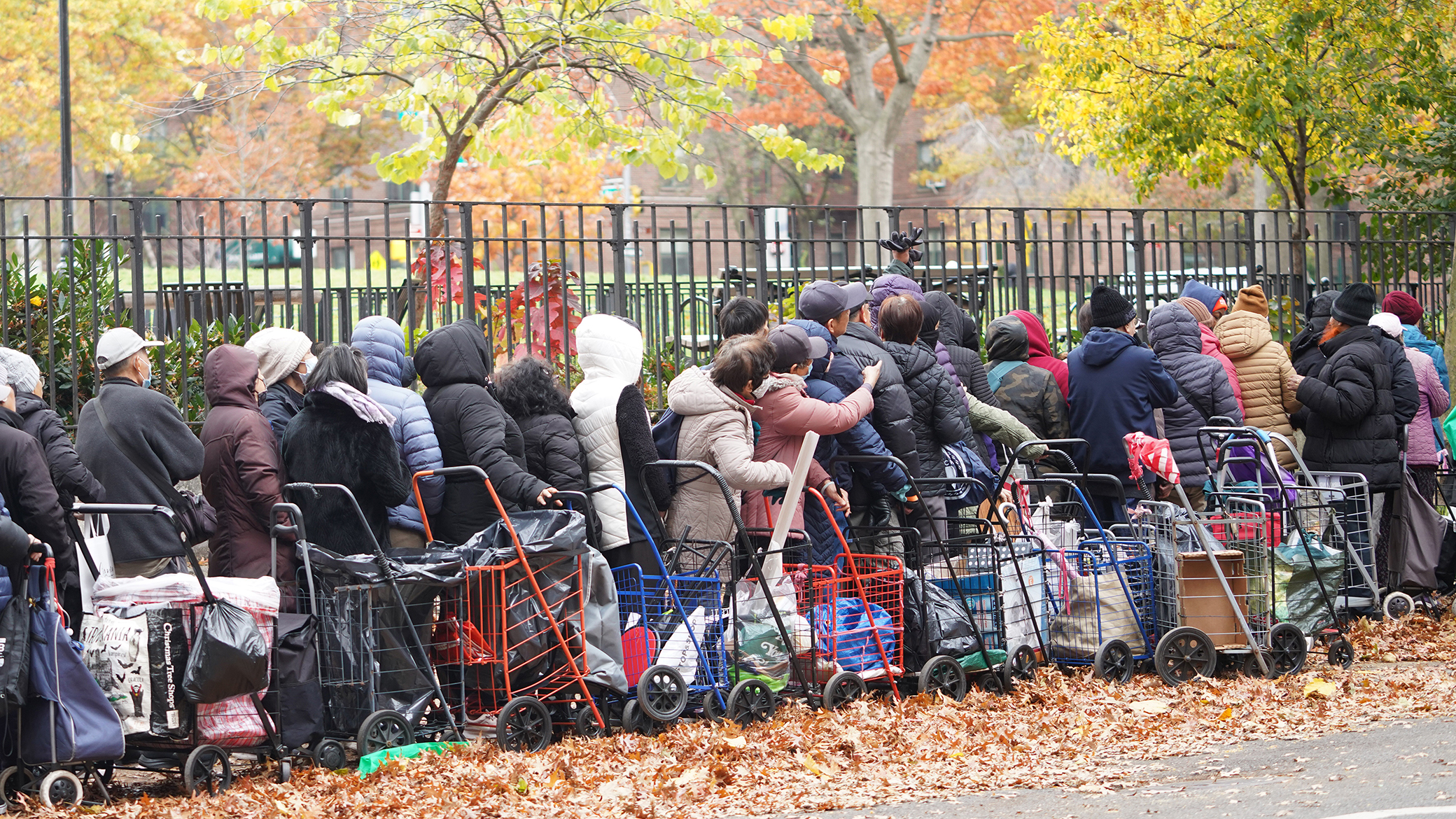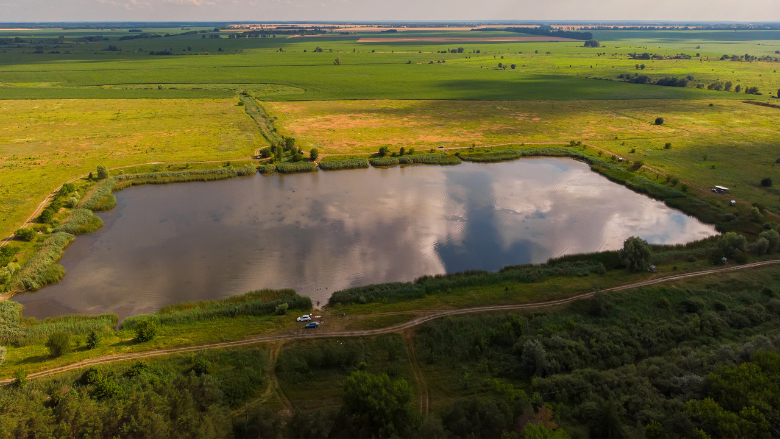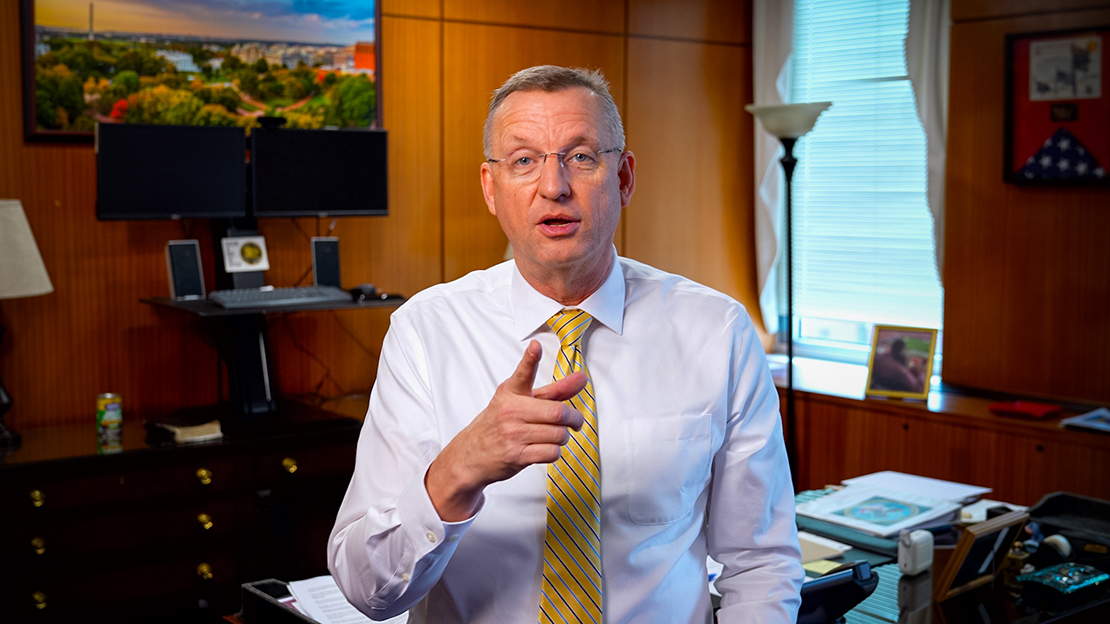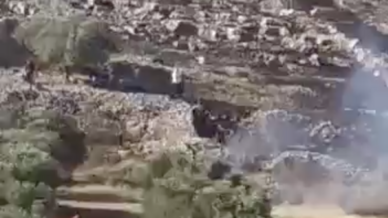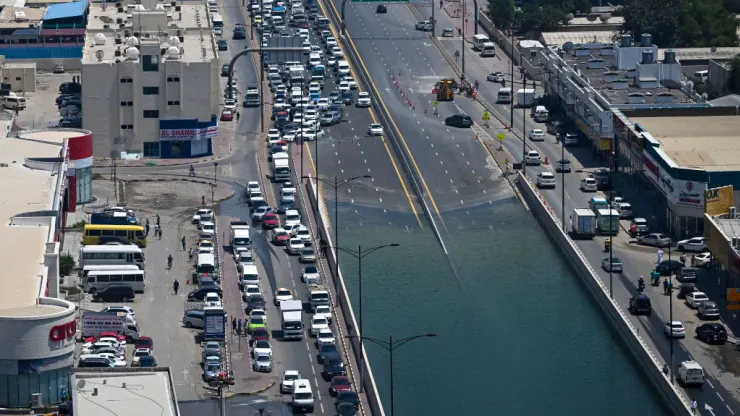Conflict Escalation in Ukraine Highlights Urgent Need for Peace and International Cooperation
Recent escalation of conflict between Russia and Ukraine, with Russian forces launching a surprise attack on northern Ukraine, highlights the urgent need for peace and stability in the region.

This war escalation development directly relates to several of the UN Sustainable Development Goals (SDGs), particularly those focused on peace, justice, and strong institutions (Goal 16), as well as partnerships (Goal 17).
Goal 16, which emphasizes the importance of access to justice for all and the need for effective, accountable institutions at all levels, is particularly relevant in the context of the ongoing conflict. The situation underscores the necessity of resolving disputes through peaceful means and upholding international laws and agreements. The UN's involvement in mediating conflicts and promoting dialogue between conflicting parties is crucial for achieving lasting peace and stability.
Furthermore, Goal 17 emphasizes the revitalization of global partnerships for sustainable development. The conflict in Ukraine highlights the interconnectedness of global security and development, emphasizing the need for international cooperation and collaboration to address conflicts and their underlying causes. Sustainable development cannot be achieved in regions affected by conflict, making peacebuilding efforts essential for progress towards all SDGs.
The article also indirectly touches upon other SDGs such as Goal 8 (Decent Work and Economic Growth) and Goal 11 (Sustainable Cities and Communities). The escalation of conflict can disrupt economic activities, undermine stability, and threaten the well-being of communities. Therefore, efforts to resolve conflicts and promote peace are essential for fostering sustainable economic growth and ensuring the well-being of affected populations.
In summary, the recent escalation of conflict between Russia and Ukraine underscores the importance of international efforts to promote peace, justice, and cooperation, as outlined in the UN Sustainable Development Goals. Achieving these goals requires a concerted global effort and a commitment to resolving conflicts through peaceful means.
Russia mounts surprise assault on northern Ukraine in most
serious cross-border offensive in two years
Russian forces have made two cross-border assaults inside northern Ukraine, according to information from Ukrainian sources and officials, in what President Volodymyr Zelensky is calling a “new wave of counteroffensive actions” by Russia.
In the first development, Russian soldiers penetrated at least one kilometer towards the town of Vovchansk, a Ukrainian military source told CNN. The aim, the source said, “was to get 10 km deep and create a buffer zone at the border to secure Russian territory from feeling the war.”
In an official statement, Ukraine’s Defense Ministry said Russian soldiers supported by armored vehicles had moved across the border at about 5 a.m. Friday, following a day of stepped-up attacks on the border area with guided aerial bombs and artillery.
The statement added that Ukrainian reserve units had been deployed to strengthen defenses in the area. On Saturday, local authorities said more than 20 air glide KAB bombs had been launched at the town and its surrounding settlements. The region’s governor Oleh Syniehubov said two civilians were killed when the bombs hit private houses.
A second Ukrainian source with direct knowledge of frontline developments told CNN that Russian forces had also penetrated 5 kilometers inside Ukraine towards the village of Krasne, which lies about 75 km along the border, west of Vovchansk.
The source said the Russian ground assault towards Krasne was carried out by four Russian battalions - about 2,000 men.
Ukrainian officials have not given much information about the second Russian push, though Ukraine’s General Staff, in its Friday evening update, did note Russian attacks in the area of Krasne and two neighboring villages.
It is also noteworthy that DeepStateMap, a Ukrainian monitoring group which updates frontline developments daily, showed four villages next to each other - including Krasne - in the grey area, representing territory currently contested rather than under full Ukrainian control.
DeepStateMap also noted on its Telegram channel that the number of Russian forces deployed in the two cross-border pushes was not enough for a deeper advance into Ukrainian territory, but it also drew attention to the fact Moscow has many more troops positioned along the border - estimated to be around 40,000.
Asked about developments, Zelensky did not downplay their seriousness but said Ukraine’s military had been expecting such a move.
“Russia launched a new wave of counteroffensive actions in [northern Kharkiv region]. Ukraine met them there with our troops, brigades and artillery,” he told reporters early Friday afternoon.
“But our military and military command were aware of this and anticipated their forces to meet the enemy with fire. Now there is a fierce battle in this area […] I think as of now we have stopped the enemy with artillery fire,” Zelensky said.
In an address Saturday evening local time, Zelensky said Ukraine was “strengthening our positions” and adding forces to the Kharkiv region.
Residents of border villages have been told to evacuate by authorities. National police posted photos and a video on social media showing officers helping people pack their belongings into police vehicles ahead of being driven to safer locations.
A total of 1,775 people have so far been evacuated from Kharkiv region, a day after Russia’s surprise assault, the head of the region’s military administration said Saturday.
The developments mark the most serious cross-border ground assault by Russia since Ukraine re-captured the northern Kharkiv region in the late summer of 2022, after it was first taken by Russia in the opening weeks of its full-scale invasion.
It also comes after several months of increased Russian air attacks on the city of Kharkiv, which have knocked out all the city’s power-generating capacity, as well as its sub-stations.
Governor Syniehubov insisted the latest Russian ground assaults did not put the city, which lies just 30 km south from the Russian border, under heightened risk.
“The enemy group does not pose a threat to Kharkiv city, its forces are only enough for provocations in the northern direction.”
However, analysts note that if Russian forces were able to push much further south, that could bring the northern edge of the city within range of Russian artillery, which can fire about 20 km.
What is Your Reaction?
 Like
0
Like
0
 Dislike
0
Dislike
0
 Love
0
Love
0
 Funny
0
Funny
0
 Angry
0
Angry
0
 Sad
0
Sad
0
 Wow
0
Wow
0







